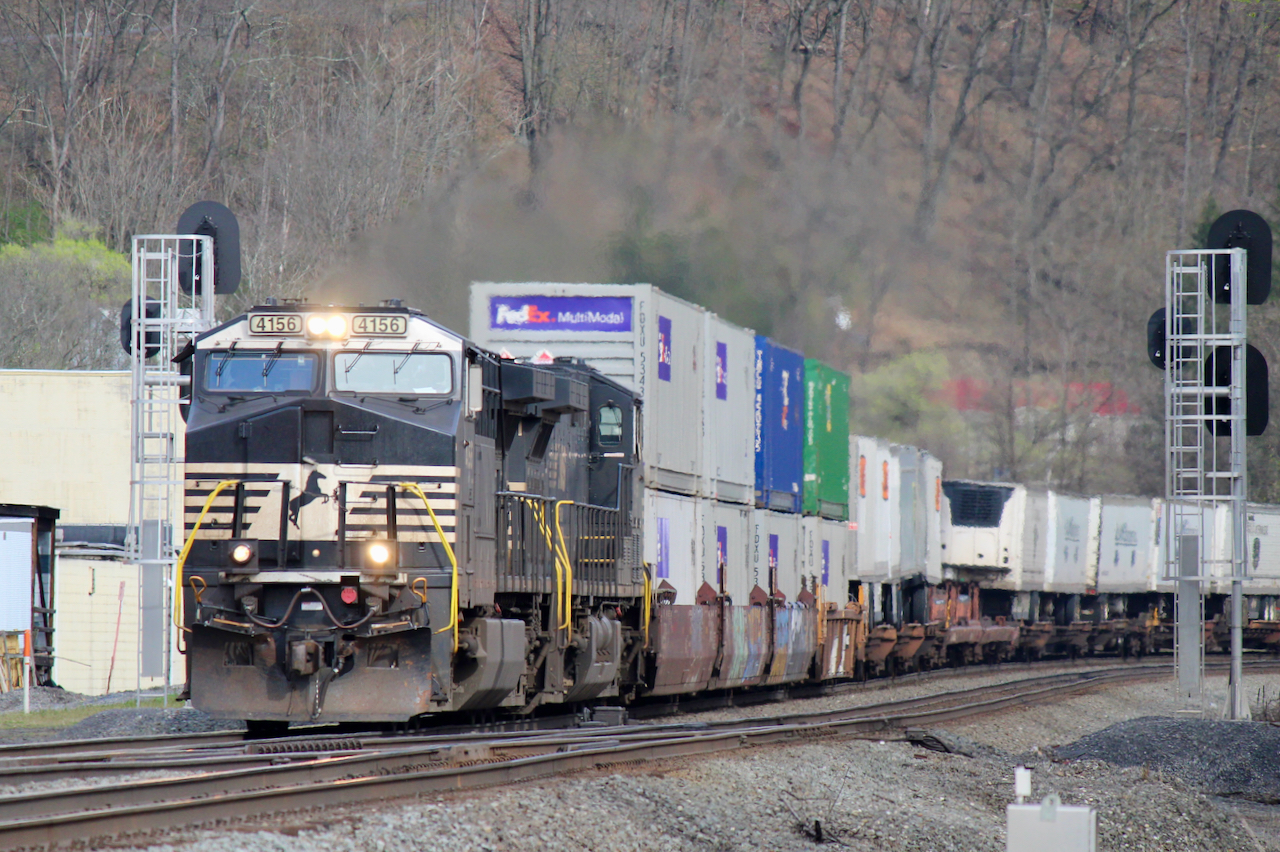
ATLANTA — Norfolk Southern today (Tuesday, Dec. 6) rolled out a new strategy to provide the kind of reliable and resilient service that over the long term will enable the railroad to grow by luring freight off the highway.
NS will balance service, productivity, and growth, CEO Alan Shaw said at the railroad’s investor day. “These are not competing priorities,” Shaw says. “They are complimentary.”
It’s a shift away from the railroad’s focus on cost-cutting, profit margins, and the operating ratio that was announced in 2019 as part of Norfolk Southern’s adoption of Precision Scheduled Railroading principles.
“It’s a different kind of PSR. Reducing operating ratio is not our singular focus,” Shaw says. NS has reduced its operating ratio by 5.3 points since 2019, putting it in the same ballpark as the other Class I systems.
“We just can’t cut our way to sustainable growth,” says Chief Financial Officer Mark George.
Instead, NS aims to provide consistent service through economic downturns and shocks like the pandemic. The railroad was unprepared for the deep traffic decline at the onset of the pandemic in 2020, which was followed by a quick freight resurgence that NS could not handle.

“Our traditional approaches for dealing with business cycles — by furloughing temporarily surplus employees and tightening other spending when demand falls off — did not work well,” Shaw says. “When the time came to rebuild our ranks as freight transportation demand returned, we were unable to rehire quickly enough to operate fluidly. Today, we are still recovering from the disruption of the pandemic. Our service has turned the corner, but we are not yet at our desired level of staffing, or at the level of service that our customers expect.”
Railroads have been plagued by service problems every three to four years. In the short term, Shaw says, these disruptions hurt service, increase operating costs, and mean railroads miss the opportunity to capture volume as freight demand returns.
“In the long term, these disruptions have eroded the confidence customers need to have if they are going to structurally rely on rail instead of highways,” Shaw says. “A company can’t expect to provide sustainable growth if it provides its customers with a lousy service product every three years.”
NS will retain train and engine crews during a downturn so that it can handle an eventual rebound in traffic. This will create a short-term hit to profits but over the long term will benefit the railroad and its employees as well as its customers and investors, Shaw says.
“By serving more volume in the recovery, we generate more revenue, and by avoiding the disruption, we enable customers to trust us and build supply chains around us,” he explains.
“So for us,” he adds,” resilience is an investment in long-term shareholder value. There is a return, it is significant, and it doesn’t take long to achieve.”
NS’s first goal is to get service back to pre-pandemic levels, which will take returning to full staffing at the two dozen or so terminals that remain short of train crews. “There’s one product that we make. And that’s service,” Shaw says.
Paul Duncan, the senior vice president of transportation and network operations who will become chief operating officer on Jan. 1, says the railroad’s new TOP | SPG operating plan has helped improve service since it was launched over the summer. (TOP | SPG stands for Thoroughbred Operating Plan | Service, Productivity, and Growth.)
It’s simpler and easier to execute day in and day out, Duncan says, which has helped return premium intermodal service to 2019 levels and improved on-time performance across the board.
Floyd Hudson, the railroad’s new vice president of transportation, says running a disciplined operation is key to providing better service. Discipline, he says, means three things: Running trains on time, switching cars within six hours, and putting the right car in the right block on the right train.
Providing consistent, reliable, and resilient service will enable NS to gain more of the so-called flexible freight that can move via highway or rail, Chief Marketing Officer Ed Elkins says. It’s the fastest growing freight segment.
Over the long term, NS expects volume to grow between 2% and 4% annually, with revenue growing by around 5% per year. Operating income will grow faster than revenue due to a combination of price increases above the rate of rail inflation, productivity gains, and improvements in operations. NS expects its earnings per share to grow by at least 10% per year.
Most of the volume growth will come from intermodal, which NS says can grow at twice the rate of the gross domestic product. Merchandise business should grow in line with industrial production. And over the next three years coal volume is expected to remain stable amid higher global energy demand.






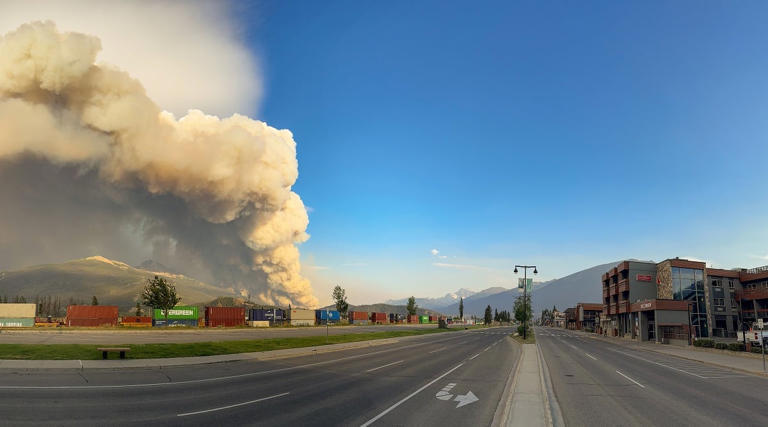
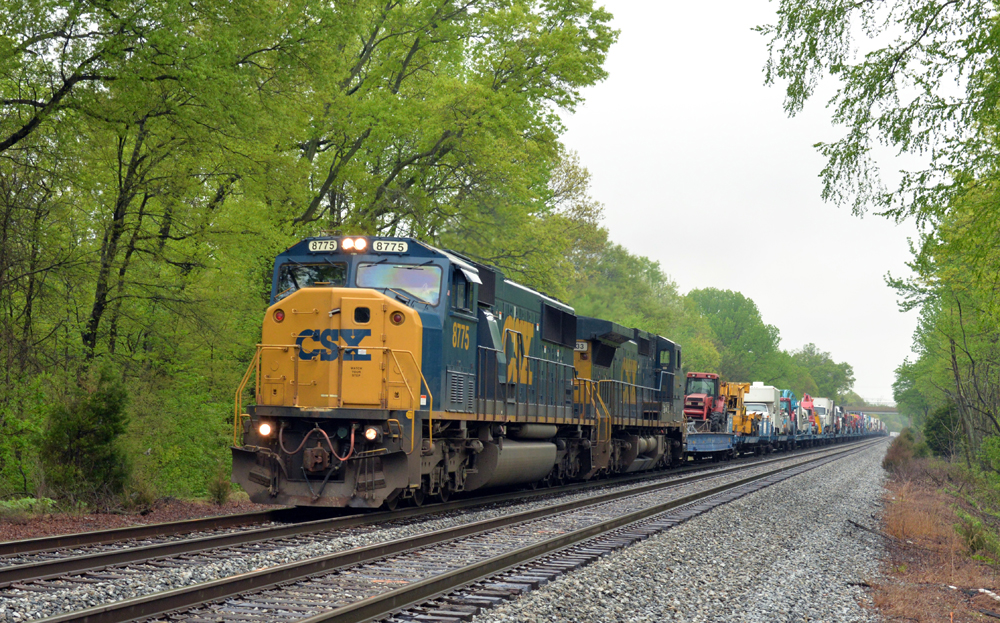
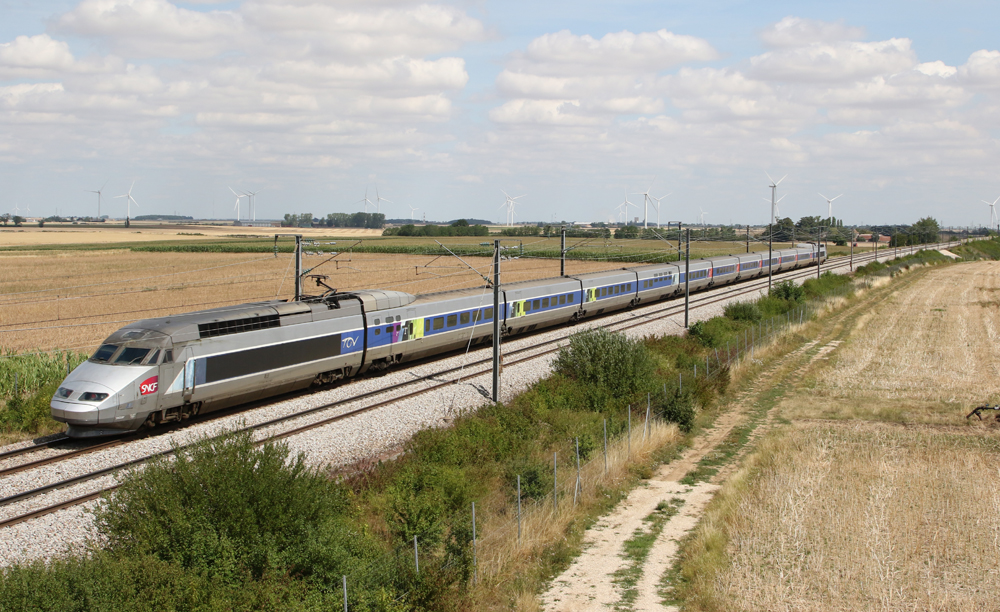
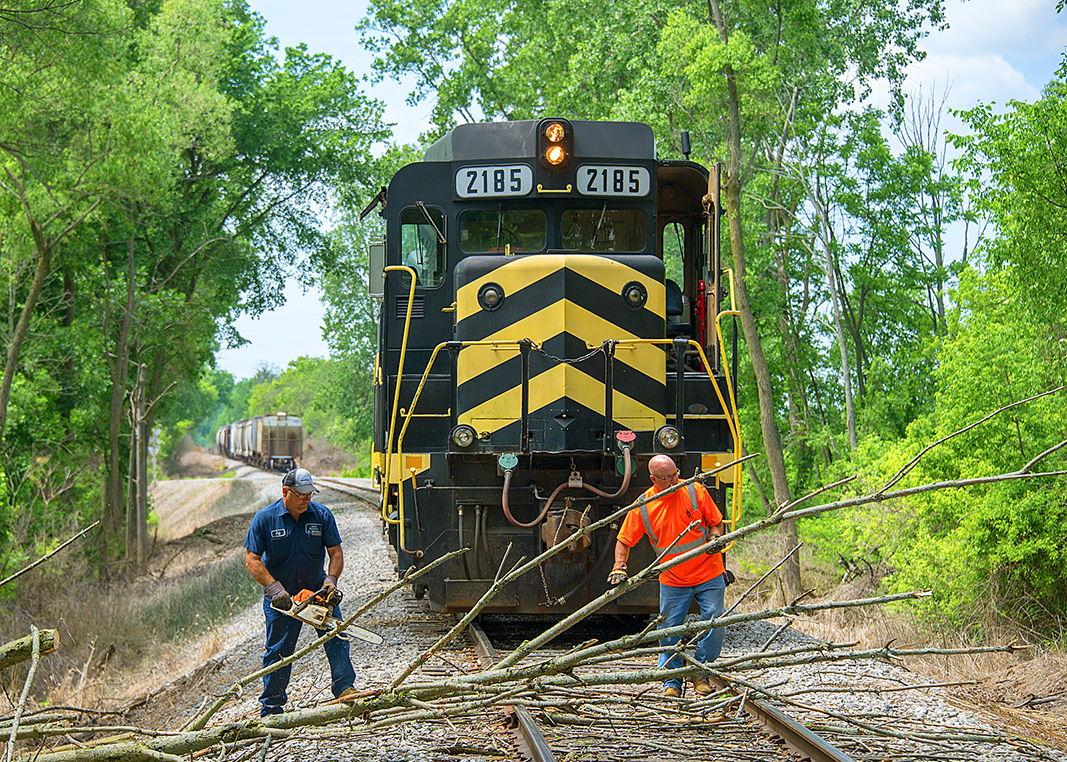




Does this mean the hedge funds have cashed out?
The words sound great and I hope they mean what they say but I will wait and see.
To get reliable and resilient service, you first need to get rid of the PSR philosophy, which is neither precise nor scheduled.
Activist shareholders will ensure it never happens. Don’t you dare increase the operating ratio, even if it eventually gets out of business.
How about returning to regional sales and marketing types? How about systemwide regional and local patron involvement events involving both management types and let’s say, T&E folks? How about “specific” plans for transit time enhancements? And how about management bonuses based on reasonable, performance metric goals being met and exceeded?
Let’s see the comments after the first quarterly earnings report, after lower OR is ditched as a goal.
It would seem that at rime of lower demands for train service that NS could adapt. Why not usethe extra T&E to provide some rapid service to some customers that have been on the fence on using that RR? Say to a customer right now we can deliver in 4 days instead of the usual 7. That can meet our truck competitors time and it will cost X dollars that is less that truck company Y.
The departure of Cindy Sanborn is hardly a loss, more like a blessing in disguise. NS is slowly getting there; at least they are moving again the right direction but it was refreshing to hear the mea culpeas for the infamous practice of service meltdowns every 3-4 years. Heck the railroads are probably worse about that than the automakers. Like Lee Iacocca used to say back in the say, “if you can find a better car buy one”. In this case the better transportation provider is not another railroad but a trucker.
“Norfolk Southern says reliable, resilient service will lead to long-term volume growth”
Wow who’d have thought. Now I know why the boys at the top make the big bucks!
If NS would go back to there roots of Southern and N&W and run a railroad like it should be there would not be these problems and stop copying other company’s.
Sure. Another operating plan du jour. When was the last one hatched; 6-8 months ago? Then Cindy’s departure at the end of this month. As always, we’ll wait and see, and watch for the next brainstorm after this one.